15 Germ Riddled Household Items
Most people are systematic when it comes to cleaning. They make a point to
routinely clean their house and keep it looking spotless. Others are more
thorough and they are meticulous when it comes to making sure that things are
excessively clean and completely free of germs that the naked eye canít see.
While it might seem extreme to be so worried about germs, thereís good reason to
be alarmed.

There are a multitude of areas in which bacteria accumulates that
many people may not be aware of, and they are usually in the most unlikely
places.
15) Toilet Seats
Itís obvious that thereís always a high risk of germs when it comes to the
toilet, but the risk is actually quite minimal in relation to the rest of the
house. Because people are so conscious of the hazards, the toilet seat is often
one of the less dangerous things in regards to germs throughout a household.
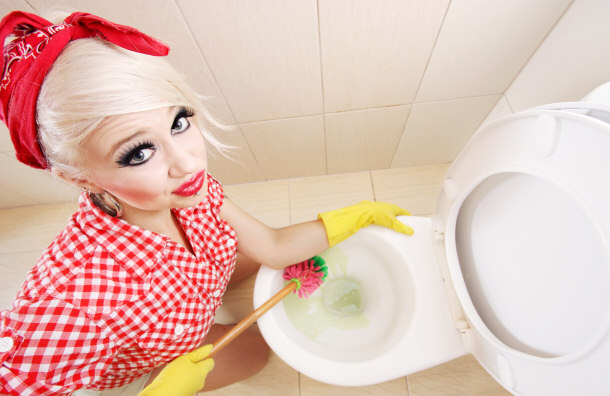
The
biggest risk when it comes to toilet bacteria is when the toilet is flushed. The
process releases bacteria into the air, which can land on other surfaces about
the room. With this in mind, itís a wise idea to keep your tooth brush secured,
rather than just sitting on the bathroom counter top, thus exposed to airborne
bacteria.
14) Door Handles
Although many people are cautious of public door handles, thereís no real
need to worry about any extreme dangers when it comes to the handles on doors in
your home. Unless thereís a door that is frequently in use throughout the day,
the handles wonít accumulate as many germs as many people might think. They
still need to be cleaned, but only once a week (or regularly if someone in the
household is sick).

Perhaps the only door handle that people need to be wary of
is the refrigeratorís given that thereís always a risk of germs being spread
when it comes to food.
13) Electrical Switches
Lights and other electrical switches are something that people might expect
to have an extremely high number of germs, but they are relatively low in
regards to the rest of the house. Itís because theyíre generally not touched
that often throughout the day and their surfaces donít accumulate a high number
of bacteria. They are still important to clean weekly, but not obsessively.
Thereís really only a high risk of germs if your household is especially
concerned with conserving energy and you are frequently turning on and off the
lights.

Increased contact can lead to the increased risk of germs.
12) Kitchen Counter Tops
Although the kitchen has a high risk of bacteria because of all the food
thatís in the area, the chance of cross contamination to the counters is
generally clear of the high risk of germs. This is because people are typically
extra vigilant when it comes to cleaning their counter tops. Ironically, the
thing that will increase the likelihood of the bacteria in this area is caused
by other things, such as: purses and cell phones that get placed on the surface
shortly before food is placed and prepared for consumption.
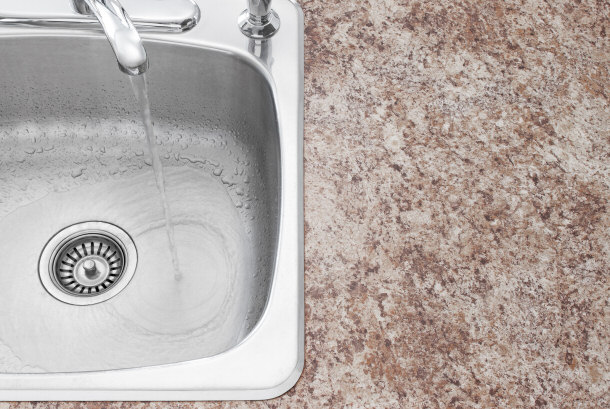
11) Bathrooms
It may be surprising that the bathroom doesnít top the list when it comes to
areas where bacteriaís are generally found, given that moisture tends to breed
more bacteria - and thereís no room in the house that typically has more
moisture than the bathroom. But bathrooms are relatively clean when compared to
the rest of the house.

Nevertheless, there are germs in the bathroom, but it is
rare they get to the point of causing harm if you are a relatively clean person.
Itís best to wipe down the bathroom surfaces at least once a week to ensure no
germs. Floor mats generally have the highest risk of accumulating bacteria, so
itís best to wash them routinely with some disinfectant added to the washing
solution.
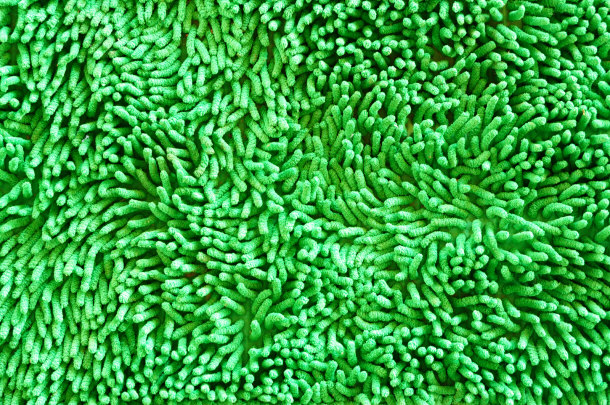
10) Remote Controls
Remote controls used for the television are a household item that many people
may not realize is a big breeding ground for germs. This is usually caused
because the remotes are commonly moved about the room from one dirty hand to
another Ė often while consuming snacks, increasing the chances for the germs to
do some serious harm.
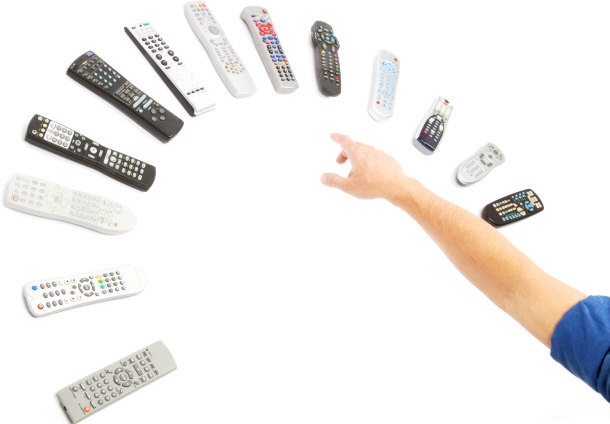
Furthermore, remote controls are infrequently cleaned, if
at all, which can lead to a surprisingly high number of bacteria on them.
Sanitary wipes are the best thing to use in cleaning them, though some may
require cotton swabs to get in between the buttons without leaving too much
residual moisture.
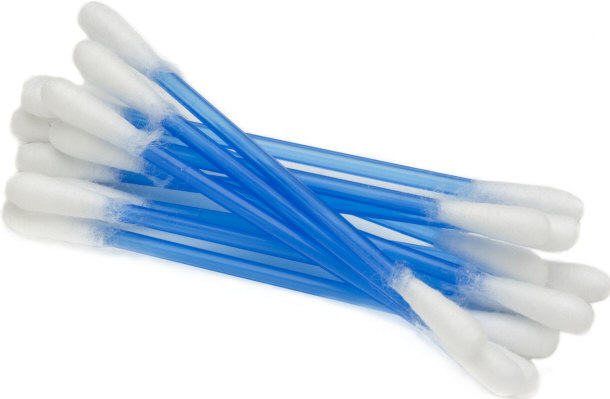
9) Video Game Controllers
Like remote controls, video game controllers are one item that many people
may not consider a germ hazard, but are one of the highest sanitary risks. It
depends on who uses the control and how often but the controllers are typically
overlooked for cleaning.
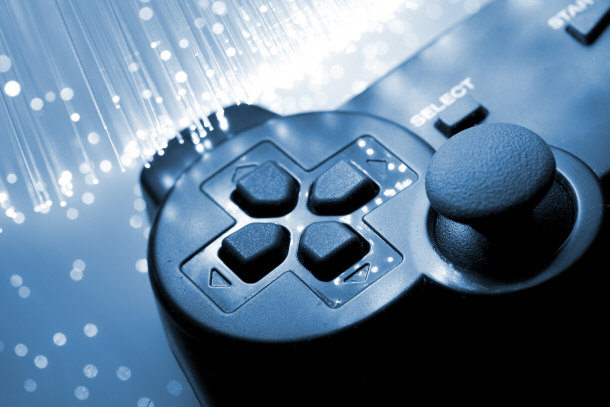
They and can continue to build up germs over long
periods of time. An added risk is that they are often used by kids, who
generally donít have the best hygiene practices, and who may snack while
playing.

Having food nearby can add to the risk to transfer the germs from the
controller to their mouths. Again, sanitary wipes are the best things to use to
clean the controllers at least once a week.
8) Cell Phones
Cell phones are one of the most hazardous items when it comes to germs and
transferring them. Not only does the phone pick up a variety of bacteria
wherever you put it down, it also picks up germs from your hands throughout the
day. Worse still, because people are always using their phones to text and talk,
the germs are constantly being transferred all over the place.
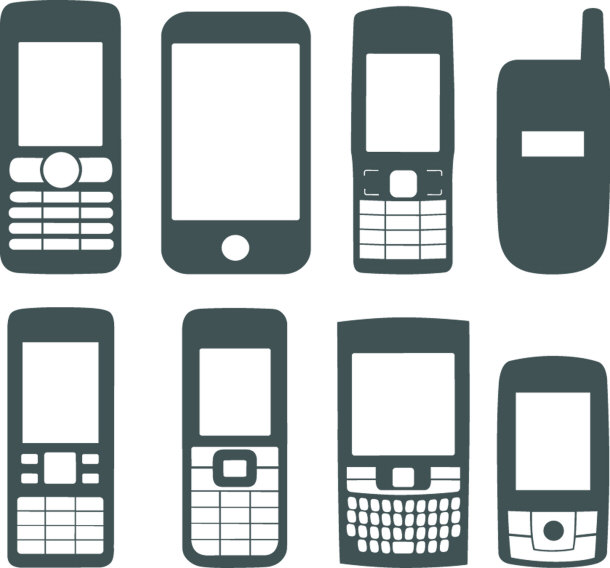
According to
microbiology professors at the Manchester Metropolitan University, cell phones
commonly have more bacteria than the bottom of your shoe. Sanitary wipes are a
good way to clean them, but you must be wary of the moisture in the wipes which
could freeze your phone if too much is applied.

7) Computer Keyboard and Mouse
You donít really think about germs while in your own personal space, for
example, using a home computer, but it is the thing that people typically use
the most in a household. Still, itís also one of the main things that people
fail to clean on a regular basis Ė if at all.

As a result, germs can really
build up all over the desk, especially on your keyboard and mouse. Obviously,
the tedium of cleaning these items plays a big part in why many people donít
bother, but itís worth the effort. While any kind of spray is out of the
question, the best way to clean your keyboard and mouse is to use sanitized
Q-tips to clean in between the keys on the keyboard.
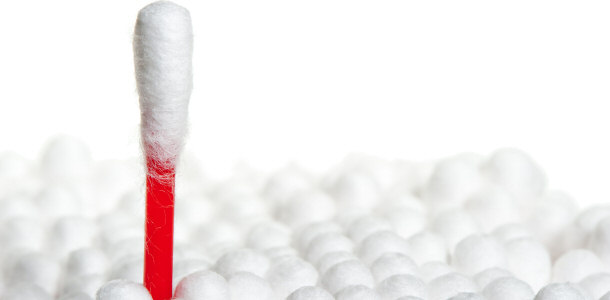
Like most cleaning rituals,
itís best to get into a weekly habit of doing so.
6) Cutting Boards
One of the most obvious sources in the household for bacteria is a cutting
board. There is always a high risk of cross-contamination with these because
they are so commonly used when cutting raw meats. It can be easy to
insufficiently clean them afterwards.

Wooden cutting boards are especially
hazardous, given that bacteria can get into the grains of the wood and remain
there even after cleaning.

The best way to ensure that your cutting boards are
thoroughly cleaned is to wash them at least twice Ė once to remove surface mess,
then again to ensure that any and all bacteria is killed. This is important for
wooden and plastic cutting boards. Plastic cutting boards can be soaked in
either a bleach or vinegar solution to ensure all germs are killed.
5) Blenders
Blenders are one kitchen item that poses a large risk in regards to health
caused by bacteria, including Salmonella and E. coli. The risk lies in the
gasket of the blender, which is the part with the blades that cut and blend
everything together.

This is because it is difficult to clean the gasket, but
also because most blender gaskets are poorly designed. They accumulate tiny food
particles that are almost impossible to remove, no matter how thoroughly they
are cleaned. The best way to counter bacteria in your blender is to clean it
thoroughly after each use, and every couple of days soak it in boiling water to
kill any potential germs.
4) Shower heads
Most people shower every day. Little do they know that by doing so, many of
them are possibly increasing their risk of lung infections and heart disease.
This is caused when one may inadvertently inhale or sallow the bacteria in the
water that comes through the shower head.
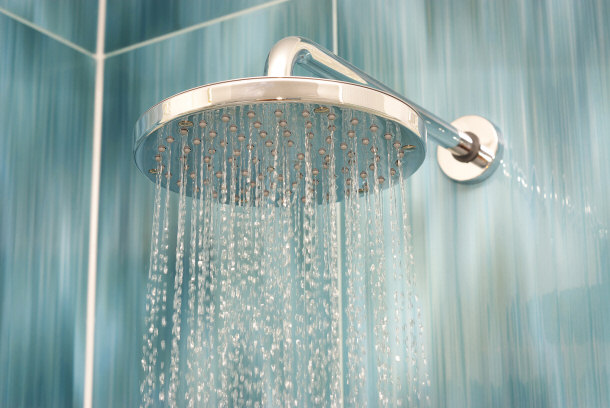
In 2013, US researchers discovered
that around 30 percent of shower heads have high levels of microbes in them.
Bacteria can be 100 times higher in a shower than in other household water
supply areas. While the germs arenít necessarily a concern for healthy people,
others could suffer major consequences. You can typically avoid the risk of the
germs by running your shower for a minute or so before getting in. Cleaning the
shower head regularly is also a good solution. The best way to clean a metal
shower head is to remove it and leave it in boiling water for 20 minutes.

Alternatively, you can soak it in vinegar for a few hours or even overnight to
ensure all the bacteria is killed. Itís best to do this on a monthly basis.
3) Kitchen Sinks
Although you probably donít want to know this, and you may be horrified to
learn it, the fact is that the average kitchen sink has more fecal matter in it
than your toilet does!

This is due to all the various meat particles and other
food pieces that ultimately end up collecting in the sink. The kitchen sink
handle also ends up with its share of bacteria, due to the cross contamination
from inadvertently touching the sink before turning on and off the tap. The best
way to avoid the accumulation of bacteria in the sink is to routinely clean it.
2) Dish Sponges
While you typically associate the cleaning sponge as a household item of
purity because it is used in cleaning; it is actually one of the dirtiest items
in a home. Although it might appear to be cleaning the household, itís more
often just spreading germs.

It is only after a week of using a new sponge that
the number of germs on it will skyrocket. Even when people attempt to clean the
sponge they can actually do more harm than good. Many people will use the
dishwasher to clean it. This action will just spread more germs to your dishes,
which is even worse for hygiene. The best way to ensure against germs on your
sponges is to either microwave them on high for around 30 seconds, as the heat
should kill harmful bacteria.

Alternatively, simply buy new sponges, most of
which are relatively cheap Ė especially in comparison to the health dangers that
may arise from of keeping the old ones.
1) Refrigerators
The refrigerator is probably the least likely appliance expected of harboring
an extreme amount of bacteria. While people might think there would be some
germs in the average refrigerator, the true amount is seriously alarming. Itís
because of all the various microorganisms that food can pick up along the way
before it reaches your home.

In 2013, the NSF International Household Germ Study
found that the vegetable and meat compartments of most refrigerators have high
levels of dangerous bacteria, such as Salmonella and E. coli and mold. Even the
refrigerator insulation seals have a high level of germs. With this in mind itís
always best to keep certain types of food like meat away from everything else,
ensuring that the meat juices canít leak.

Furthermore, itís wise to clean your
refrigerator routinely Ė at least once a week. Ė Make sure that you clean
everywhere, including the seals, to ensure bacteria has no chance to grow or
spread.
Conclusion
There is very good reason for every one of us to be extra vigilant when it
comes to hygiene and thoroughly cleaning your household. Even the most unlikely
of household items, areas and appliances can dramatically jeopardize you and the
health of others. While it is important for people to be exposed to germs
throughout their lives to strengthen their immune system, itís also equally
important to be wary of the items that can be hazardous to your health.
Appliances
15 Germ
Riddled Household Items
|